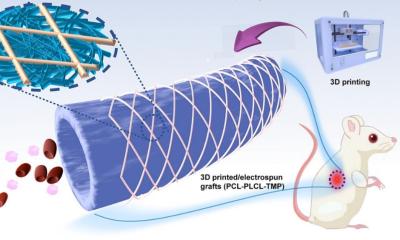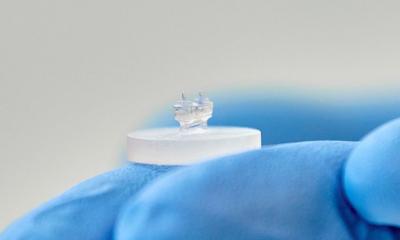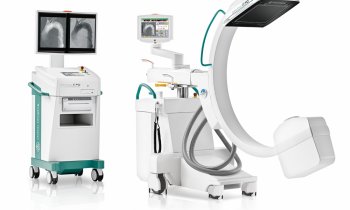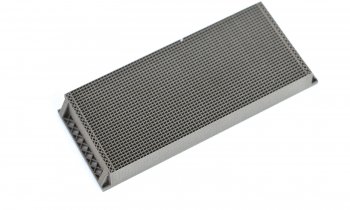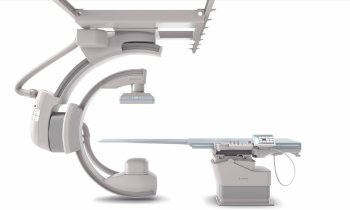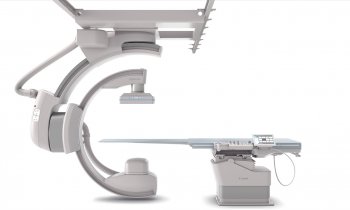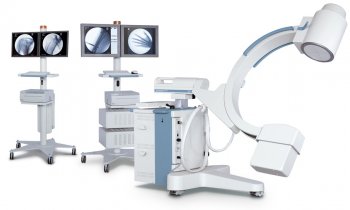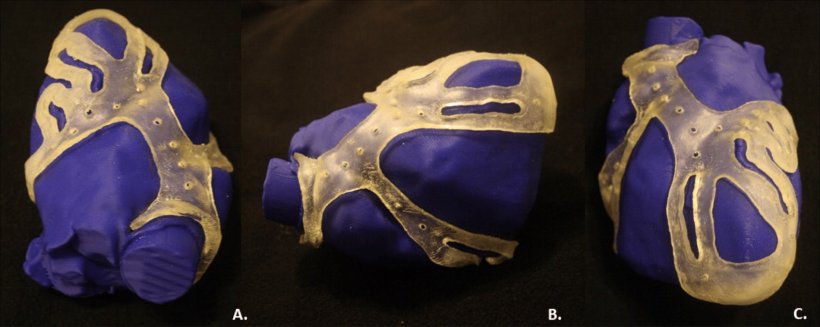
News • From CT to prototype
Designing 3D printed surgical guides for cardiovascular surgeries
Ida Anna Cappello of the Heart Rhythm Management Centre of the University Hospital Brussels (VUB) has made significant strides in the field of biomedical engineering by developing innovative 3D printed surgical guides for cardiovascular procedures.
Her research, performed in close collaboration with cardiologists and cardiac surgeons, is very promising to significantly improve precision in complex cardiac surgery.
Cappello's research focuses on creating patient-specific 3D printed surgical guides for use in hybrid electrophysiology surgeries. These procedures, performed by electrophysiologists and cardiac surgeons, involve open chest surgeries where precision is paramount. The custom surgical guides, built using a patient’s CT scan and LGE-MRI data, provide a clear visual aid that helps surgeons quickly and accurately locate key treatment areas on the heart, such as the optimal location to build the bypass vein after narrowed coronary artery or necrotic zones after prolonged ischemia due to atherosclerotic plaques.
A major highlight of the work is the potential to combine both guides into one surgical tool, allowing for simultaneous treatment of coronary artery disease and arrhythmias during a single procedure
Ida Anna Cappello
“Despite advances in medical technology, cardiac surgeons often rely on 2D images to locate the optimal place for bypass grafts implantation. It’s surprising that, in 2024, we are still using such outdated methods," says Cappello. "My research aims to change that, offering a practical, precise tool to improve outcomes for patients.”
Cappello developed two types of surgical guides:
- Bypass surgery guide: this model assists surgeons in identifying the optimal site for bypass graft placement, taking into account factors such as the vessel diameter and the distance from blockages.
- Ventricular tachycardia ablation guide: this guide helps pinpoint areas of scar tissue, which can cause life-threatening heart arrhythmias, so that surgeons can precisely burn or "ablate" the tissue to prevent abnormal electrical signals from causing dangerous heart rhythms.
“A major highlight of the work is the potential to combine both guides into one surgical tool, allowing for simultaneous treatment of coronary artery disease and arrhythmias during a single procedure. This dual-treatment capability could significantly reduce surgery time and improve recovery outcomes for patients.” Cappello continues.
Cappello finished her PhD in a shortened period of 2.5 years, and conducted extensive experiments, including trials on pig hearts in saline solutions, to ensure the safety and efficacy of the materials used for these surgical guides. Her findings have been published in several academic journals, and she has co-authored five papers in under two years. "This project is not just a scientific breakthrough—it has real potential to transform cardiac surgery. Looking ahead, the research needs to expand into clinical settings, and plans for further trials and collaboration with animal labs." Cappello concludes.
Source: Vrije Universiteit Brussel
25.01.2025



